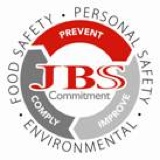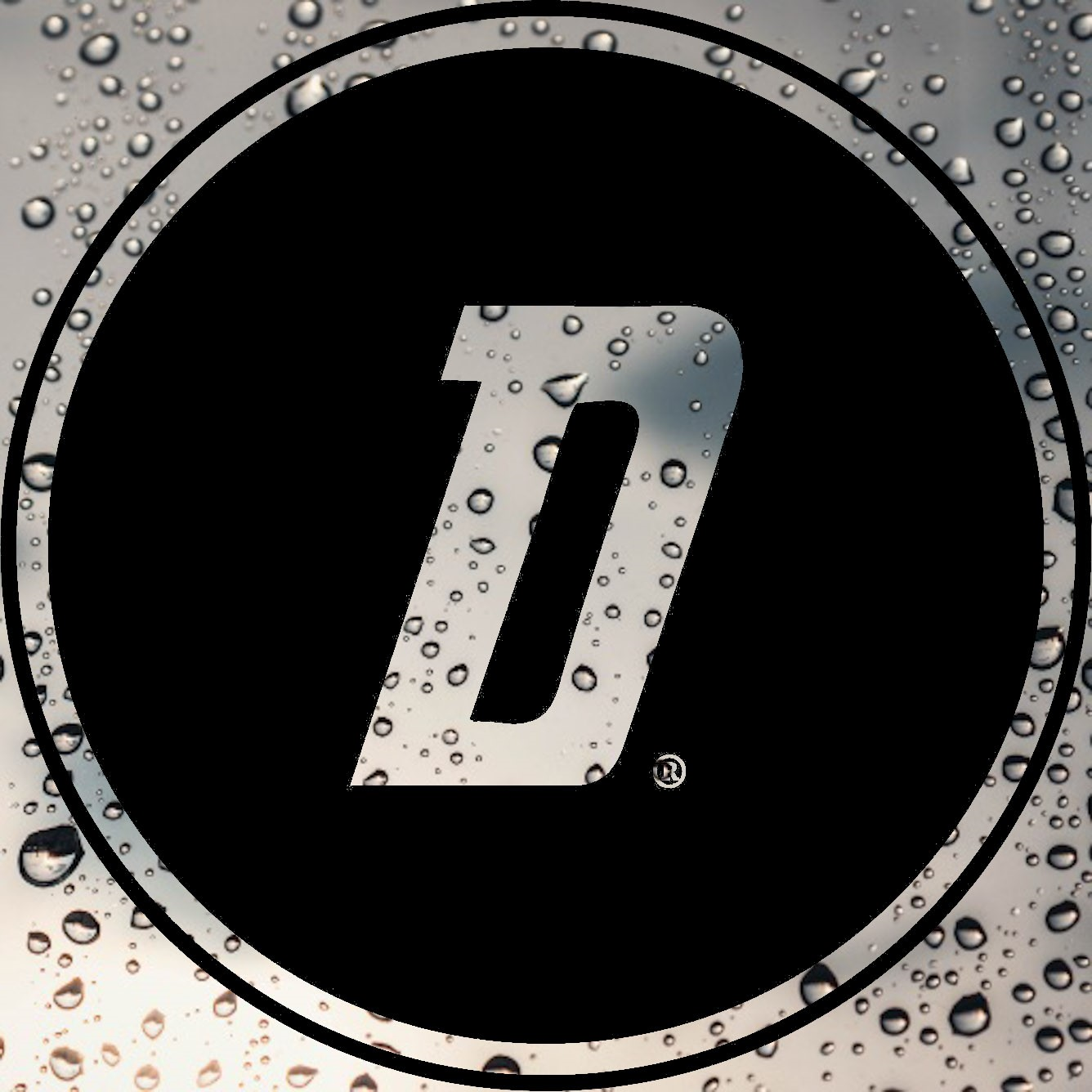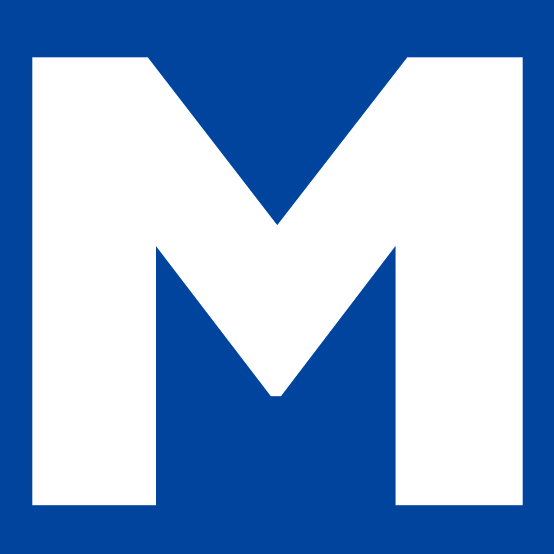Information
-
Document No.
-
Department Audit
-
Plant Location
- Brooks
- Cactus
- Grand Island
- Greeley Beef
- Green Bay
- Hyrum
- MOPAC
- Omaha
- Plainwell
- Souderton
- Tolleson
- Louisville
- Worthington
- Marshalltown
- Santa Fe Springs
- Greeley Lamb
- Other
-
Conducted on
-
Prepared by
-
Signature
Confined Space Program
-
Spaces labeled?
-
Evaluate CS rescue equipment as listed on the log - App B
-
Evaluate CS entry and rescue ropes
-
Evaluate CS Atmospheric Monitoring Devices as listed on the log - App C
-
Other
Contractor Safety Program
-
Evaluate all programs/policies related to the scope of work being performed.
-
Review of equipment/tools being used.
-
Review (current day) self inspection audits
-
Review orientation records
-
Other
Emergency Response and Action Plan
-
External and Internal locations posted
-
Evacuation maps posted in facility (including revision dates)
-
Evaluate emergency exit signs/lights
-
Egress - exit access, the exit, and the exit route<br>Aisle way and exit routes are not blocked and clearly labeled
-
Exit doors - hinged, open in the direction of travel, not blocked
-
Evaluate Emergency Response Equipment (suits, boots, SCBAs, etc.)
-
Other
Electrical Safety Related Work Practices
-
Exposed wiring
-
Improper use of SO cords (wrapped cords, doorways, walls, etc...)
-
110 panel labeling current and correct (including revision date)
-
Equipment (buckets, cans, disconnects) labeled
-
CO2 fire extinguisher (immediately inside or outside door) and emergency lighting in panel rooms
-
3 foot clearance in front of electrical panels
-
GFCI used in wet areas
-
Clean rubber mats and/or rubber sole shoes being utilized at panels
-
Missing covers or knock outs
-
Broken or unsecured conduit/conditions of cable tray
-
Sub stations over 600 volts locked
-
No storage of non essential electrical equipment in MCC panel rooms
-
MCC panel rooms limited access (proper training for authorized personnel)
-
Arc Flash Protection (PPE) available to employees / conditions
-
Hot glove test (evaluate process from few employees)
-
Other
Ergonomic Program
-
Ergonomic improvements on floor
-
Stretching program and place and in use
-
Knife sharpening program
-
Other
Fall Protection and Protection Program
-
Evaluate harness & lanyards (good condition, proper storage, etc...)
-
Designated anchor points - locations
-
Rail car fall protection systems
-
Safety swing gates in place and operational
-
Ladder storage and usage
-
Other
Fire Prevention
-
Fire sprinkler system operational
-
Sprinkler main valve locked in open position
-
Fire extinguisher (annual and monthly) inspection tag
-
Oil storage area clean
-
Flammable and combustible stored properly
-
Sprinkler heads at least 18 inches from material
-
No smoking signs in applicable places
-
Fire alarms panels are functional
-
Flammable cabinets in good shape and orderly
-
Boiler permits posted / current
-
Other
Hot Work Permit Program
-
Verify with MTC employees - Hot Work classification map
-
Designated Welding Area posting
-
Welder condition (welders and leads) - production areas
-
Other
Chemical Handling and Storage
-
Eyewash and shower available & operational - correct activation handle
-
Labeling per Hazcom Program
-
Designated bulk chemical storage areas (compatible chemicals / clean and orderly)
-
Piping labeled and identified
-
Chemical specific SOPs have been developed for receiving, handling, PPE, mixing and storage. SOPs are made available to employees.
-
SDS books - updated
-
Other
Industrial Hygiene
-
H2S monitor required postings or markings
-
Carbon Dioxide "in use" postings
-
Radiation signs markings/postings
-
Evaluate Respirators and cartridges (proper storage)
-
Verify all monitoring equipment is working properly (any used for quarterly monitoring)
-
Other
Counter Balances, Chains and Chain Hoists
-
Chain in good shape and stamped
-
Cable in good shape and rated
-
Identified rating on hoist and structure
-
Safety chain or cable in place correctly on all balances (including wizard motors)
-
Safety clip on hoist hook
-
Cable clamp installed properly
-
Other
Lockout Tag-out
-
Lockable valves
-
Lockout procedures posted at drive or available
-
Yellow out of service lock / tag process in place
-
Other
Machine Guarding
-
Shaft key ways smooth
-
No set screws protruding above lock collar
-
Shafts not extended more than one half diameter
-
Auger guarding that requires a tool to remove or interlock that shuts equipment down when lid is raised
-
Incline conveyor guarding (cross under, work stations, etc... guarded to 8 feet)
-
Sprockets and chains totally enclosed (6' 8" & unless work station)
-
Pulley belt drives totally enclosed (6' 8" & unless work station)
-
Coupling guards covered with safety devices
-
Dual handle controls on scissor type devices
-
Safety shield in place, tongue guard (1/4 inch) and tool rest (1/8 inch) on grinders proper adjusted and mounted securely in place
-
Other
Personal Protective Equipment
-
Evaluate employee PPE - based off of PPE check list
-
Randomly inspect PPE for any defects
-
Other
Knife Handling Program
-
Evaluate transportation of knives (including whizards, air knives, skinner blades) following program
-
Designated location for storage of skinning blades (new/used)
-
Other
PIT Program
-
Evaluate driving at safe distance and speed
-
Cautions/warning signs posted
-
Randomly evaluate PIT license
-
Evaluate daily pre shift inspections
-
SOP for fueling/battery charging -posted in designated locations
-
Loading dock policy posted in load out areas
-
Evaluate PIT for working lights, horns, fire extinguisher, etc
-
Other
Rail car, tanker, hopper safety program
-
Evaluate pedestrian warning systems
-
Blue light / flag system in place
-
Other
Vertical Reciprocating Conveyor
-
Evaluate freight lifts (doors, limit switches, etc...)
-
Other
Walking Surfaces, Fixed Stairs, Stairways
-
Floors clean and without obstructions
-
Floor openings that drop more than 4 feet have handrails and toe boards
-
Fixed stairs a minimum of 22 inches unless egress.
-
Fixed stair angle less than 50 degrees
-
Stair railing between 30 and 34 inches
-
Stairwells over 88 inches wide need center handrail
-
Stair treads slip resistant and uniform in height and tread
-
Industrial railing 42 inches with 21 inch intermediate and 4 inch toe board
-
Floor drain covers securely in place
-
All floor openings greater than 2 inch by 2 inch have covering
-
Other
Maintenance shops
-
Welding curtain available
-
Housekeeping
-
Air regulators for bench air hoses set at 30 pounds or less
-
Safety shield in place, Tongue guard (1/4 inch) and tool rest (1/8 inch) on grinders proper adjusted and mounted securely in place.
-
Drill presses, fixed grinders, etc... Securely anchored
-
Oxygen and fuel cylinders separated by fire resistant wall or 25 feet apart
-
Compressed cylinders properly secured and capped
-
Welder condition (welders and leads)
-
Torch cart condition (back flow regulators, gauges)
-
Hand tools in safe condition
-
Other
Roof
-
No signs of smoking
-
Leading edge warning system (fall protection)
-
Stairs, cross overs, ladder conditions
-
Fan covers, skylights and general guarding in place
-
Housekeeping (build up of product, extra equipment, lighting, etc...)
-
Roof access limited (authorized only, locked)
-
Other
Exterior Facility Grounds
-
Housekeeping (scrap material, chemical storage, closed doors, etc...)
-
Accumulation locations
-
Bulk chemical wash / storage areas
-
Fuel storage locations (housekeeping, signs of smoking, etc...)
-
Locking glad hand, jack stands and wheel chocks (dock locks)
-
Other
Other (Misc)
-
Any other possible hazardous conditions found
-
Other











